Let’s get serious about planning an orderly exit from Net Zero. We need a plan ready to go before a government comes to power with the desire to exit, only to find they are short on time.
Any government wishing to exit Net Zero will have to mandate it during their first term of office. That means the leadership has 18 months to set things in motion before our short election cycle returns their attention to the polls.
Instead of this, commentators are talking about an orderly exit from coal while most Australian governments and AEMO prescribe an insane stampede away from reliable fossil fuels.
You might think they realise the lights will go out unless we keep the coal fires burning, but unfortunately they are still inhabiting a parallel universe governed by the Net Zero delusion. Their intention is merely to slow down the retreat from coal operating under the belief that there will soon be enough renewable energy installed to take its place.
The ‘accelerating exit of coal’ in Australia, and everywhere else, is not happening for three very good reasons.
The transition to intermittent sources of energy has become functionally impossible in practice due to the combined effect of wind droughts and the lack of grid-scale storage.
Power is becoming more expensive and the price will continue to escalate as long as we spend billions, running into trillions, of dollars on assets that will be stranded in the absence of subsidies and mandates.
The unreliable energy industry leaves a trail of human, social, and environmental damage. It is a disaster from the exploration and mining of its raw materials to disposal of toxic junk at the end of the road.
The Net Zero program is not going to work, and Terry McCrann reminded us last Thursday that there is a way back to a future with cheap and reliable power from a mix of coal, gas, and nuclear. To this we can add hydro and off-grid wind and solar wherever it makes sense.
At the same time, McCrann put a damper on the prospects of nuclear power in the near future, with the story of the attempt to build a low-grade, mostly medical waste plant in the outback. Planning began in the 1980s when Hong Kong started construction on its second airport. Hong Kong finished their airport by 1998, but we still don’t have the nuclear waste disposal facility.
Zealots of the wind and solar industries will contest my call to exit Net Zero because they are animated by ideological, political, and financial motives that have nothing to do with good science and engineering principles, or even concern for the planet.
Trillions of dollars are in play in what many describe as a gigantic renewable energy ponzi scheme. Billions will be made by well-placed players before it collapses.
Looking on the bright side, in a macabre kind of way, the collapse of Net Zero may not be far away as more states and nations reach the inflection (tipping) point where conventional power capacity runs down to the point where wind droughts pose a mortal threat to the power supply. See Texas in 2021.
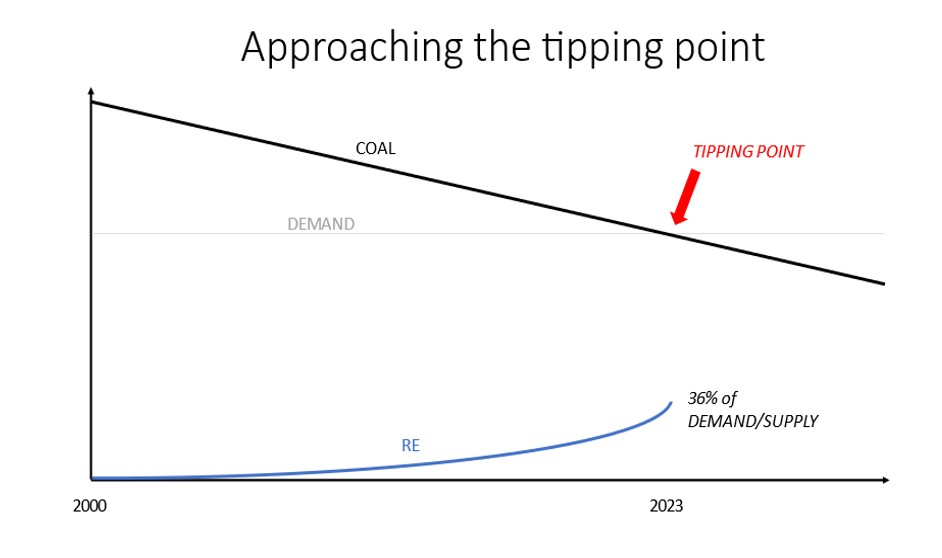
The call to exit Net Zero will appeal to those who face fuel poverty at home or the collapse of their profit margin at work. At this point, the case to leave Net Zero will need to be explained to the public. No doubt communities left in darkness will already be applying social pressure to politicians. There is always a point at which public outrage cancels out the vested interests puppeteering politicians.
Any public education campaign will be challenging due to the existing fortress of Net Zero zealots ensconced in mainstream media, the ABC, universities, and the corporate world.
The exit will need a clear majority in favour of the community and bipartisan support from the major parties. Forget about the Greens and the Teals.
Support in the major parties will have to be based on strong support in the party rooms, in the face of the influences that are currently driving both parties.
The party that comes into office with a mandate to exit Net Zero will need to spend some years in advance of their election to power working on the plan to get over the resistance from the myriad of departments, quangos, and other government-funded agencies that are currently dedicated to Net Zero.
The reform program must minimise failures that discredit the whole enterprise, in the way that Hewson failed to sell the GST and Whitlam’s hasty ‘across the board’ tariff reduction in the 1970s received negative press coverage which set back the push for deregulation.
In addition to the plan, prospective Cabinet ministers will have to be trained and prepared to go head-to-head with their departments and they will need alternative advisors. Gladys Berejiklian as NSW Transport Minister could serve as a role model because she spent years in opposition learning the trade and researching public transport systems around the world. She came in with a plan and she could not be easily snowed by the bureaucrats.
At the moment, talking about exiting Net Zero is just that… But the first step is to start the public discussion. Much depends on the capacity of the journalistic classes to stop endorsing and spreading misinformation about firming unreliable energy with more unreliable energy and puny storage devices. The debate will be transformed when reporters start asking the usual suspects, the energy ministers and Daniel Westerman and their associates, how that is going to work.
Got something to add? Join the discussion and comment below.
Get 10 issues for just $10
Subscribe to The Spectator Australia today for the next 10 magazine issues, plus full online access, for just $10.


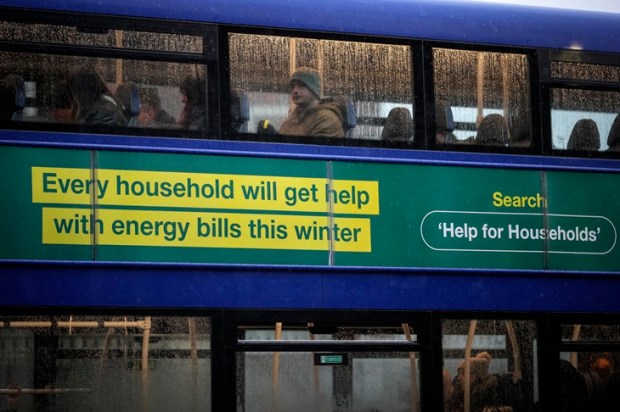
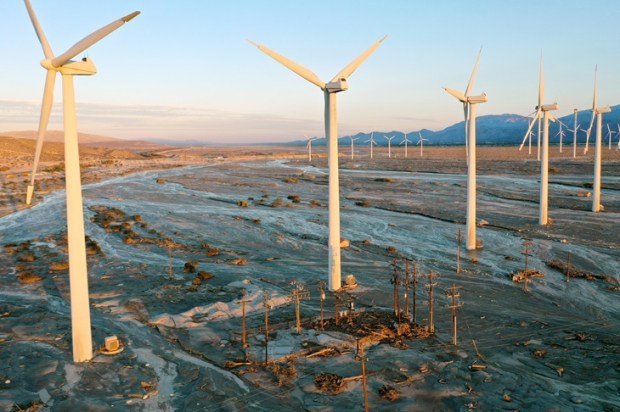
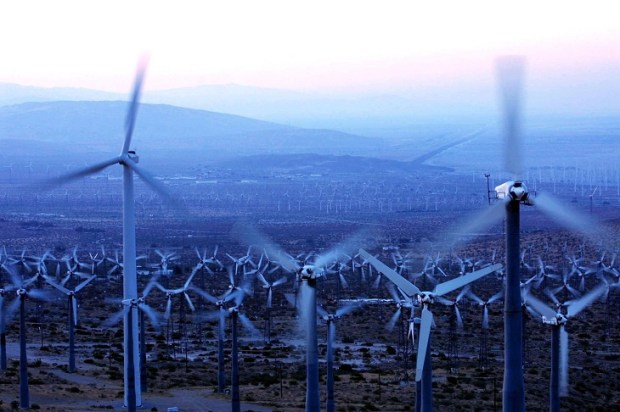
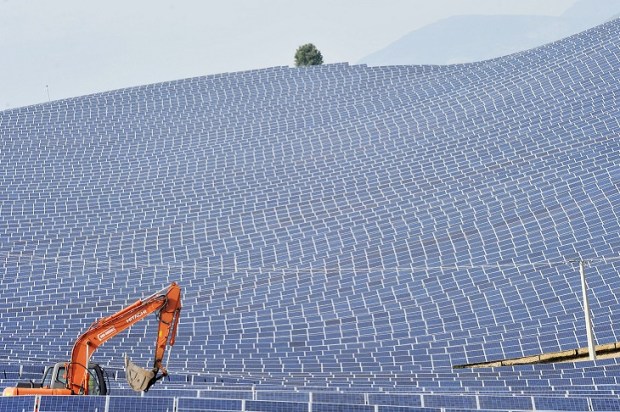




















Comments
Don't miss out
Join the conversation with other Spectator Australia readers. Subscribe to leave a comment.
SUBSCRIBEAlready a subscriber? Log in